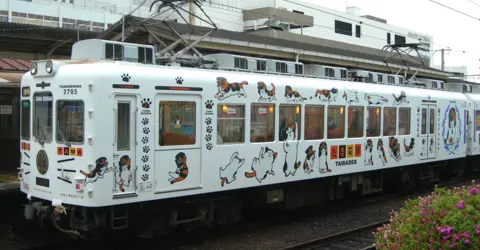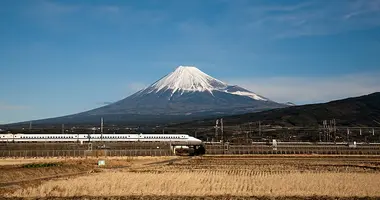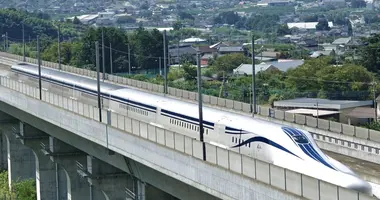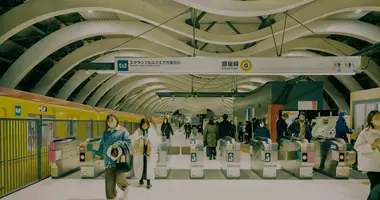Wakayama Electric Railway 和歌山電鐵

Wakayama Electric Railway (Dentetsu) is a private railway that runs from Wakayama city to Kishi in Kinokawa. The train line and especially Kishi Station has been made famous and become a tourist draw because of Tama-chan, the feline stationmaster.
Japan Travel: Wakayama Electric Railway (Dentetsu) 和歌山電鐵
Jake Davies
The Wakayama Electric Railway (Dentetsu) is a private railway that operates just one line, the 14.3 kilometer long Kishigawa Line that runs from Wakayama city to Kishi in nearby Kinokawa.
The train line and especially Kishi Station has been made famous and become a tourist draw because of Tama-chan, the feline stationmaster.
Since 2007 a calico cat had been named station master, and her main duties seems to have been sleeping while wearing a station masters cap. Apparently this was enough to attract the attention of millions of cat fans who made the journey just to see her, and while they were at it purchase plenty of Tama-chan merchandise in the station shop.
In 2015 Tama-chan passed away and a shrine has been built for her at Kishi Station, however, several years earlier a second calico cat, named Nitama, had been installed at Idakiso Station and following the original Tama-chan's passing has now been promoted and moved to Kishi Station and is now known at Tama II.
The Kishigawa Line has been electrified since the 1940's, and all the trains consist of two carriage EMU's. There are three specially decorated trains, designed by Eiji Motooka who has designed many specialty trains especially for Kyushu. It is unfortunately not covered by the Japan Rail Pass.
Not surprisingly one of the Wakayama trains is a Tama Train with illustrations of Tama-chan on the exterior and interior and a library of cat books.
There is also the Toy Train which features numerous toys in the interior, but the most stylish is the Strawberry Train.
The first is next to Nishizengu Station, and is actually two shrines, Hinokuma Jingu and Kunikagasu Jingu. Jingu means they have the highest ranking for shrines, and the legends trace them back to the origin of Japan and the ancient myth of the Sun Goddess hiding in a cave. This was the Ichinomiya, the highest ranked shrine, in Kii Province, the former name for Wakayama.
Set in extensive wooded grounds, the mood here is sombre and austere. A short walk from Kamayama Station is Kamayama Shrine, also connected to the ancient myths of the founding of the country.
In the corner of the property is a small burial mound and according to legend this is where the brother of the mythical first emperor Jimmu, was buried after a battle while on their way to settle in what is now the Nara Basin.
Like other shrines with connections to the imperial family the shrine is sedate and set in extensive woods. When I visited on a Sunday in spring there were Shinto weddings going on. A short walk from Idakiso Station, the only manned station on the line other than the two terminals, is Idakiso Shrine, set on a hillside not far from where the Kumano Kodo passes through.
Not directly connected to the Imperial family, the shrine is a bit more lively and colorful than the previous two and also seems to have more visitors.
There are numerous buildings scattered around the grounds and a vermilion arched bridge over a koi pond. The god enshrined here is connected to the planting of trees and so many woodworkers visit here. It is also another popular shrine for weddings. In April when a tree festival is held an artist will sculpt a statue of the year's zodiac animal. Sculptures from the previous years are on display in one of the buildings.
The most economic option is a one day pass that costs 780 yen for adults and 390 yen for kids. This is cheaper than the return fare from Wakayama to Kishi and enables you to use the trains all day.















